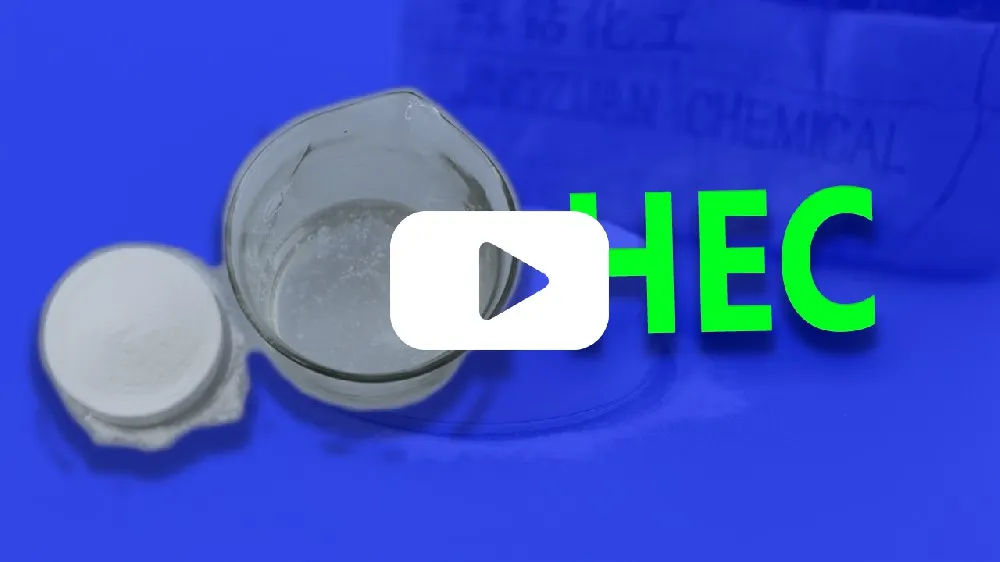
10月 . 05, 2024 19:18 Back to list
Exploring the Properties and Applications of Hypromellose in Various Industries
Understanding Hypromellose (HPMC) A Versatile Polymer
Hypromellose, also known as hydroxypropyl methylcellulose (HPMC), is a semi-synthetic polymer derived from cellulose, the most abundant organic polymer on Earth. Its unique properties make it a vital ingredient in various industries, including pharmaceuticals, food, cosmetics, and construction materials. This article explores the characteristics, applications, and benefits of hypromellose.
Chemical Properties and Characteristics
Hypromellose is a white, odorless powder that is soluble in water, forming a clear or slightly opalescent solution. It is a cellulose ether that contains hydroxypropyl and methyl groups, which enhance its solubility and provide it with a range of functional properties. The degree of substitution – the number of hydroxyl groups replaced by hydroxypropyl and methyl groups – affects its viscosity, gel strength, and solubility, allowing for the formulation of products with specific performance characteristics.
One of the key features of HPMC is its ability to form films and gels, making it an excellent candidate for controlled-release formulations. In pharmaceutical applications, it serves as a stabilizer, thickener, and emulsion agent, ensuring uniformity and consistency in drug delivery systems. Additionally, its biocompatibility and low toxicity make it suitable for use in various health-related products.
Applications in Pharmaceuticals
In the pharmaceutical industry, hypromellose is commonly used as a binder in tablet formulations, helping to ensure that the active ingredients are uniform and easily released in the body. Its unique properties allow for the encapsulation of drugs, providing controlled release and improving bioavailability. HPMC is also used in the production of ophthalmic solutions, as it enhances the viscosity and prolongs the retention time of the product in the eye.
hypromellose hpmc

Moreover, HPMC is employed in the formulation of gel capsules, where its gelling properties aid in protecting sensitive active ingredients from degradation. Its versatility allows for the development of various dosage forms, including powders, granules, and sustained-release systems.
Role in Food and Cosmetics
In the food industry, hypromellose is recognized for its ability to retain moisture and enhance texture. It is often used as a thickening agent, emulsifier, and stabilizer in a wide range of products, from sauces and dressings to baked goods and dairy products. It contributes to improved mouthfeel and extends shelf life by reducing spoilage.
In cosmetics, HPMC acts as a binder and film-forming agent, providing a smooth application and a long-lasting effect. It is found in various products, such as lotions, creams, and gels, where it enhances texture and stability.
Conclusion
Hypromellose is a multifunctional polymer that plays a crucial role in numerous industries, from pharmaceuticals to food and cosmetics. Its unique chemical properties provide an array of benefits, including improved product stability, enhanced texture, and controlled release of active ingredients. As research continues, the potential applications of HPMC are expected to expand, further solidifying its importance in modern formulations and innovative solutions across various sectors. Understanding hypromellose not only highlights its versatility but also its significance in enhancing the quality of everyday products.
-
Versatile Hpmc Uses in Different Industries
NewsJun.19,2025
-
Redispersible Powder's Role in Enhancing Durability of Construction Products
NewsJun.19,2025
-
Hydroxyethyl Cellulose Applications Driving Green Industrial Processes
NewsJun.19,2025
-
Exploring Different Redispersible Polymer Powder
NewsJun.19,2025
-
Choosing the Right Mortar Bonding Agent
NewsJun.19,2025
-
Applications and Significance of China Hpmc in Modern Industries
NewsJun.19,2025







